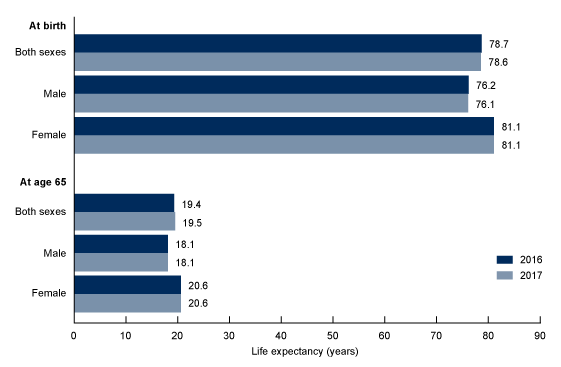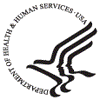
A full-fledged public health response is needed to improve outcomes in communities disproportionately impacted by Alzheimer’s and other dementias. Join the Society for Public Health Education’s webinar on Friday, December 7, 2018, from 12:30 to 1:30 pm ET — Healthy Brain Initiative: Improving Dementia Outcomes for African Americans and Asian American/Pacific Islander Populations. Please register in advance.
The new Healthy Brain Initiative (HBI) State and Local Public Health Partnerships to Address Dementia: The 2018-2023 Road Map has a central goal of reducing disparities among underserved populations. The HBI Road Map’s quick-start guide has 25 actions to promote brain health, increase early detection, enhance safety and quality of care, and support caregivers’ health and effectiveness. Webinar participants will learn about health education and health promotion initiatives that implement Road Map actions and aim to improve outcomes among African Americans, Asian Americans and Pacific Islanders, and American Indians/Alaska Natives (AI/AN).
Presenters include Molly French, Director of Public Health for the Alzheimer’s Association, Dr. Lisa McGuire, Lead of the Alzheimer’s Disease and Healthy Aging Program for the Centers for Disease Control and Prevention (CDC), and Marci Getz, Senior Health Educator for the Washington State Department of Health.
Presenters include Molly French, Director of Public Health for the Alzheimer’s Association, Dr. Lisa McGuire, Lead of the Alzheimer’s Disease and Healthy Aging Program for the Centers for Disease Control and Prevention (CDC), and Marci Getz, Senior Health Educator for the Washington State Department of Health.
Please be sure to register in advance and mark your calendars for this interactive webinar.













